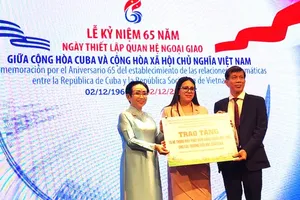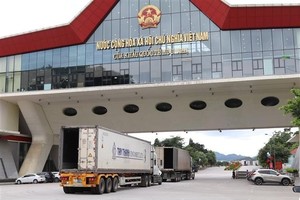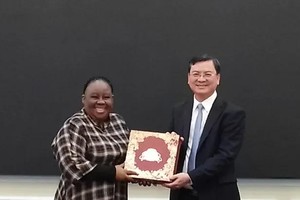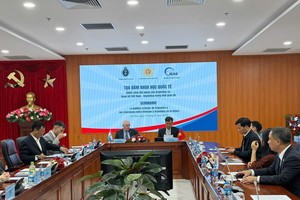Mayor Vener Munoz of Rizal town in Laguna province said on December 23 that 10 died in separate incidents in his town after attending birthday and Christmas parties on December 20. Six others are in critical condition in a hospital in Manila, he added. Many of the victims are being treated in a number of hospitals in Manila.
A resident of Candelaria town in Quezon province also died and two others slipped into a coma after drinking coconut liquor on December 22, local officials said.
The Philippine presidential spokesperson Salvador Panelo expressed alarm over the liquor poisoning, particularly during the time of merrymaking.
Laguna province’s Governor Ramil Hernandez has issued an order banning the selling of the liquor in the whole province in light of the poisoning incidents.
A police investigation is underway to track down the makers of the illicit liquor consumed by the victims.
The artisanal liquor, locally known as "lambanog," is created from the dripping nectar of the coconut flower. Using bamboo poles as bridges, local farmers move from one tree to the next to collect the fresh coconut sap, a major ingredient in producing the liquor.
Using a centuries-old tradition of natural fermentation and distillation, local producers convert the sweet and frothy nectar into liquor.
In 2018 at least 21 people died in the provinces of Laguna, Rizal and Tarlac in the northern Philippines after drinking the tainted liquor. The Food and Drug Administration of the Philippines found the deadly liquor contains a high level of methanol, a prohibitive additive in lambanog.
Some producers use a mixture of toxic chemicals instead of natural fermentation and distillation process to produce the distinct "lambanog" aroma.
























